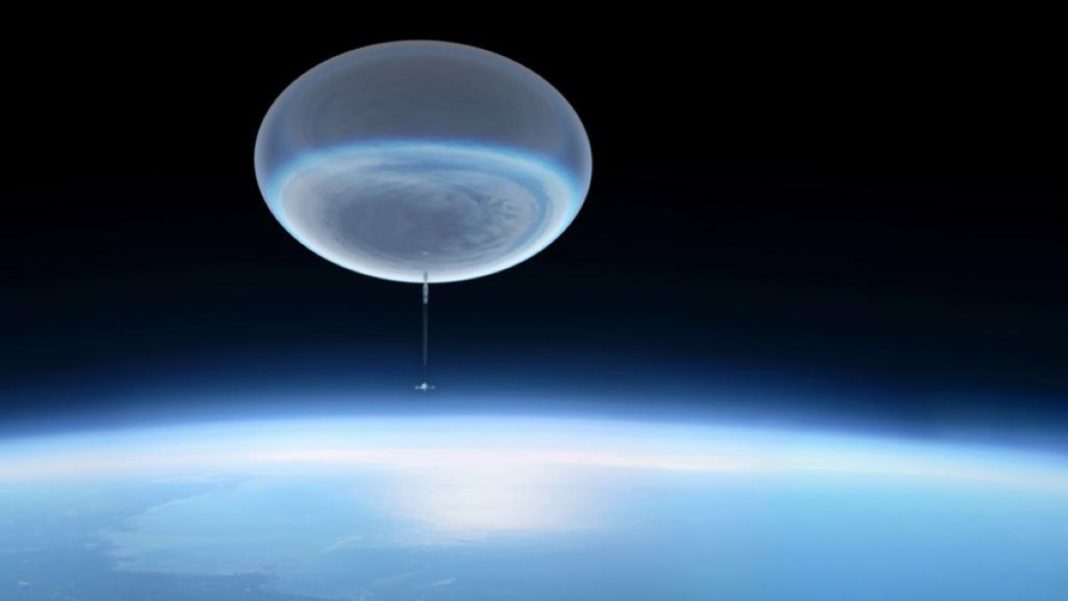UNITED STATES: A NASA scientific balloon flight intended to study intergalactic cosmic ray particles had to be abruptly terminated by the team after developing an irreparable leak during its flight.
The super pressure balloon (SPB), launched from New Zealand’s Wnaka Airport, carried the Extreme Universe Space Observatory 2 (EUSO-2) payload.
However, NASA discontinued the mission when attempts to fix the leak failed, resulting in the payload sinking to the ocean floor.
The launch occurred on Friday, May 12, and the team detected the leak approximately 36 hours into the flight.
Despite the best efforts of the flight teams, the irreparable damage forced NASA to terminate the mission over the Pacific Ocean.
EUSO-2, designed to detect elusive cosmic ray particles, will remain on the ocean floor, and there are no immediate plans for another SPB launch this year.
NASA Scientific Balloon Programme Chief Debbie Fairbrother expressed disappointment at the mission’s untimely end, emphasising the agency’s commitment to investigating the cause of the leak to enhance super-pressure balloon technology.
EUSO-2 was the second and final SPB launch scheduled for NASA’s 2023 New Zealand balloon launch manifest.
The previous launch, which occurred on April 15, is still ongoing. This SPB, carrying the SuperBIT telescope, has been traversing the Southern Hemisphere, measuring dark matter in galaxy clusters from its near-space altitude.
The use of super-pressure balloons offers a cost-effective alternative to traditional orbital launches.
With the ability to float in the stratosphere at around 100,000 feet, these balloons provide significant savings compared to the high costs associated with space-bound payloads.
EUSO-2, weighing approximately two tonnes, would have been considerably expensive to launch into space.
In a peculiar twist, the payload of the SPB serves as an anchor when mission control cannot salvage it.
The payload ensures safe termination while minimising potential environmental impact by pulling the balloon to the bottom of the ocean.
NASA officials likened the process to the “spacecraft cemetery” found in the Pacific Ocean.
While the unfortunate conclusion of the SPB mission is a setback for cosmic ray research, NASA remains committed to advancing its super-pressure balloon technology.
Lessons learned from this incident will contribute to future improvements, ensuring the success of future missions exploring the mysteries of the universe.
Also Read: NASA’s Webb Telescope Uncovers Water in Unlikely Place



